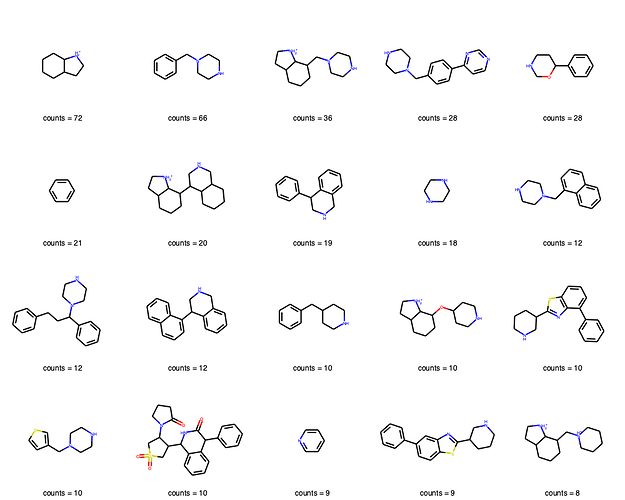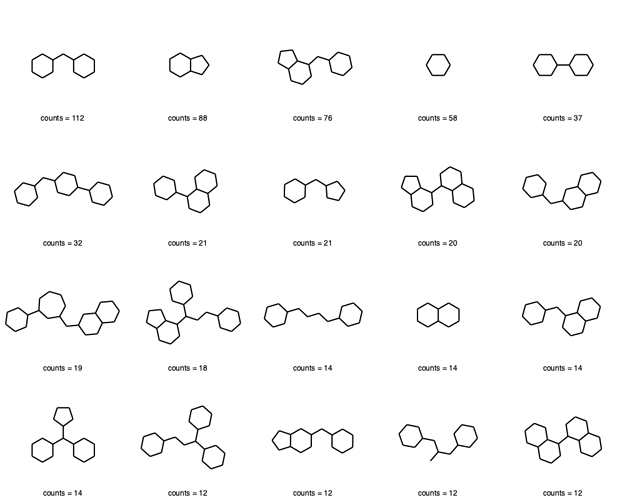Summary of DOCKolavent from @londonir :
To try and help visualise the binding modes of the covalent designs, we used DOCKovalent to dock each covalent design to each of the structures you indicated they were based upon.
We took into consideration chloroacetamides, acrylamides, nitrlies and vinyl sulfones.
To do this quickly it is also a bit dirty - try to follow:
-
In the file smiles.smi you can find the mapping between an arbitrary new ID 1, 2, 3 , etc… to the smiles and the unique design ID e.g. “PET-SGC-fed-1”
-
Each design was then converted and docked in several versions, and a suffix was added to the ID according to each:
Nitriles (suffix: NIT)
Vinyl Sulfones: (suffix: SUL)
Acrylamides: (suffix: ACR)
Chloroacetamides: (suffix: NCL) -
We also amended your designs in two ways:
- We ‘made’ in-silico the acrylamide version of each chloroacetamide (suffix: NCL2ACR)
- Some of you forgot to add the chlorine and just left an acetyl group, so in such designs we docked them as either chloroacetamides (suffix: ACL) or acrylamides (suffix: ACL2ACR)
We than docked each of these to the structures indicated by you.
In the Files.zip you will find 52 directories each one containing:
rec.pdb - that’s the protein
xtal-lig.pdb - that’s the crystallographic fragment
poses.mol2 - these are the docking results
So for example in Dir: x0104 the first docking pose in the poses.mol2 file is of “38_NCL”
Which corresponds to arbitrary ID 38 which in smiles.smi you can tell means “DAR-DIA-fb2-1“ and the NCL suffix means it was docked as a chloroacetamide.
Note 1: There were plenty of nitriles that weren’t meant to serve as a covalent warhead but were just part of the fragments - these fell victim to our quick and dirty methods and are probably docked wrong.
Note 2: DOCKovalent is built for speed and not so much for accuracy - i.e. it is a screening software rather than a ‘modelling’ software. So I would not pay too much attention to the scores, and even the poses I would take with a grain of salt. If it did recapitulate the binding pose of the fragment the design was built upon - that’s a very positive sign.
Note 3: If you load rec.pdb xtal-lig.pdb and poses.mol2 in pymol - it’s very easy to scroll through the docking results and compare them to the native fragment.
smiles.smi (224.5 KB)
Dock poses: https://drive.google.com/open?id=12beIOwO4pJNs6VzUUj_dpyrIqGGC4Enz


